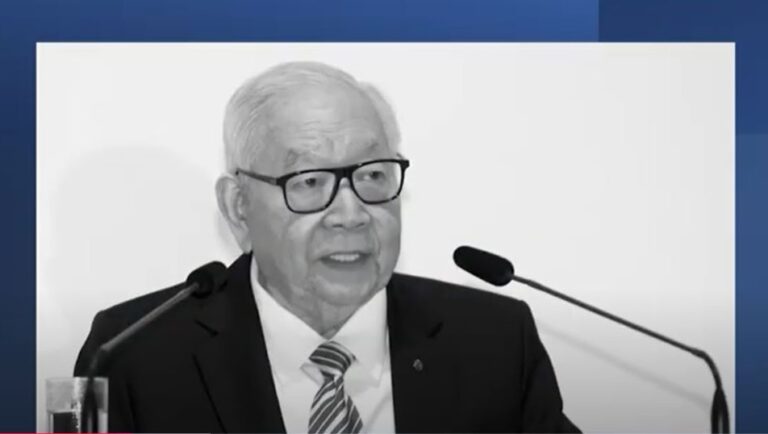The New Development Bank (NDB), established by the BRICS countries (Brazil, Russia, India, China, and South Africa), is gearing up to issue its inaugural Indian rupee bond by October, according to its chief operating officer. This move is in response to increasing pressure on the bank to raise funds and extend loans in local currencies.
Last week, NDB successfully issued its first rand bond in South Africa, and it is contemplating the possibility of issuing bonds in local currencies in other member countries like Brazil, Russia, and the United Arab Emirates. Vladimir Kazbekov made this announcement during a press briefing ahead of the BRICS Summit scheduled for August 22-24 in Johannesburg.
Established in 2015, NDB represents a significant achievement for the BRICS nations, who aim to create a counterbalance to Western influence. However, the bank’s lending activities have been sluggish, further exacerbated by sanctions against Russia.
Kazbekov revealed, “We plan to enter the Indian market, denominated in rupees, potentially by October in India.” Additionally, he emphasized the bank’s intent to explore innovative financing options, such as using one member country’s currency to fund projects in another member nation. For instance, financing a project in South Africa in Chinese yuan (CNY) rather than US dollars (USD).
Kazbekov refrained from disclosing a specific target size for the Indian rupee bond program, which Reuters had previously reported was in the works. Meanwhile, Leslie Maasdorp, the Chief Financial Officer, stated that the bank’s objective is to increase local currency lending from its current 22%, primarily in Chinese yuan, to 30% by 2026. Nevertheless, there are limitations to complete de-dollarization.
The NDB is also prepared to fulfill a commitment made two years ago to provide $3 billion in financing for South Africa’s transition from predominantly coal-based power to renewable energy. Kazbekov mentioned that while the commitment remains, the bank is actively seeking suitable projects to support this transition.















